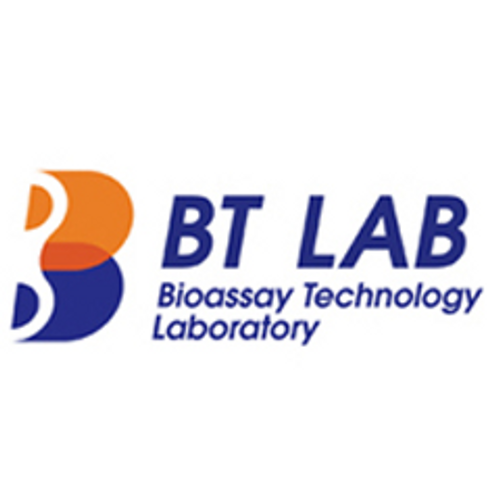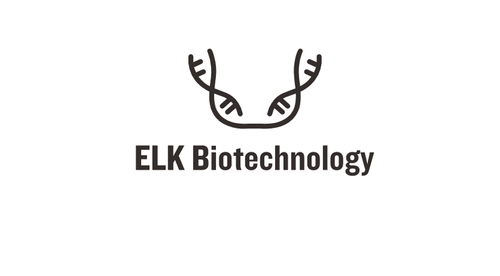Product Description
CYP4Z1 Antibody (N-term) [APR32517G] | Leading Biology
Product Category: Polyclonal Antibodies
Host: Rabbit
Species Reactivity: H
Specificity: This CYP4Z1 antibody is generated from rabbits immunized with a KLH conjugated synthetic peptide between 89-118 amino acids from the N-terminal region of human CYP4Z1.
Cellular Localisation: Endoplasmic reticulum membrane; Single-pass type II membrane protein. Microsome membrane; Single-pass type II membrane protein
Molecular Weight: 59086
Clone: Polyclonal
Gene Name: CYP4Z1 {ECO:0000303|PubMed:19090726, ECO:0000312|HGNC:HGNC:20583}
Gene ID: 199974
Function: A cytochrome P450 monooxygenase that catalyzes the in-chain oxidation of fatty acids (PubMed:19090726, PubMed:29018033) . Catalyzes the hydroxylation of carbon-hydrogen bonds. Hydroxylates lauric and myristic acids predominantly at the omega-4 and omega-2 positions, respectively (PubMed:19090726, PubMed:29018033) . Catalyzes the epoxidation of double bonds of polyunsaturated fatty acids (PUFA) . Displays an absolute stereoselectivity in the epoxidation of arachidonic acid producing the 14 (S), 15 (R) -epoxyeicosatrienoic acid (EET) enantiomer (PubMed:29018033) . Mechanistically, uses molecular oxygen inserting one oxygen atom into a substrate, and reducing the second into a water molecule, with two electrons provided by NADPH via cytochrome P450 reductase (CPR; NADPH-ferrihemoprotein reductase) (PubMed:19090726, PubMed:29018033) .
Summary: Tissue Location: Preferentially detected in breast carcinoma tissue and mammary gland, whereas only marginal expression is found in all other tested tissues.
Form: Purified polyclonal antibody supplied in PBS with 0.09% (W/V) sodium azide. This antibody is prepared by Saturated Ammonium Sulfate (SAS) precipitation followed by dialysis against PBS.
Storage: Maintain refrigerated at 2-8°C for up to 2 weeks. For long term storage store at -20°C in small aliquots to prevent freeze-thaw cycles.
Application: WB
Dilution: WB--1:1000
Synonyms: Cytochrome P450 4Z1, CYPIVZ1, CYP4Z1
 Euro
Euro
 USD
USD
 British Pound
British Pound
 NULL
NULL

![CYP4Z1 Antibody (N-term) [APR32517G] CYP4Z1 Antibody (N-term) [APR32517G]](https://cdn11.bigcommerce.com/s-452hpg8iuh/images/stencil/1280x1280/products/872762/1164829/logo__92149.1659788186__40833.1659868788.png?c=2)
![CYP4Z1 Antibody (N-term) [APR32517G] CYP4Z1 Antibody (N-term) [APR32517G]](https://cdn11.bigcommerce.com/s-452hpg8iuh/images/stencil/100x100/products/872762/1164829/logo__92149.1659788186__40833.1659868788.png?c=2)
![CYP4Z1 Antibody (N-term) [APR32517G] CYP4Z1 Antibody (N-term) [APR32517G]](https://cdn11.bigcommerce.com/s-452hpg8iuh/images/stencil/500x659/products/872762/1164829/logo__92149.1659788186__40833.1659868788.png?c=2)







![S6A12 Antibody (N-term) [APR13190G] S6A12 Antibody (N-term) [APR13190G]](https://cdn11.bigcommerce.com/s-452hpg8iuh/images/stencil/500x659/products/863867/1155934/logo__92149.1659788186__42277.1659859936.png?c=2)
![VGLL2 Antibody (N-term) [APR03484G] VGLL2 Antibody (N-term) [APR03484G]](https://cdn11.bigcommerce.com/s-452hpg8iuh/images/stencil/500x659/products/863949/1156016/logo__92149.1659788186__94554.1659859970.png?c=2)